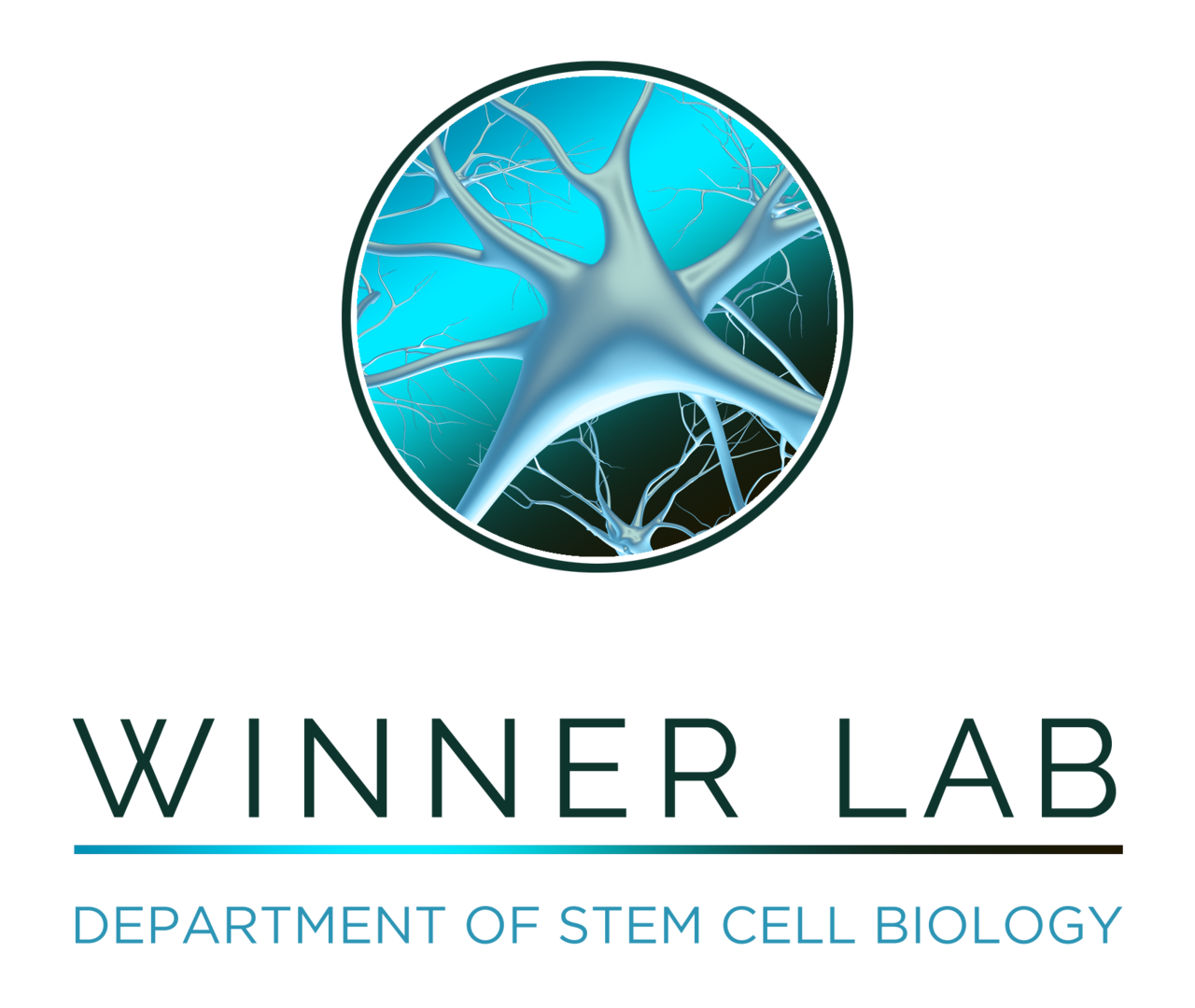Motor neuron diseases
Motor neurons are nerve cells that control voluntary movements such as walking, swallowing and even breathing. Classic examples of motor neuron diseases are amyotrophic lateral sclerosis (ALS), in which motor neurons in the brain and spinal cord are destroyed. Equally common is hereditary spastic spinal paralysis (HSP), which is characterized by isolated damage to the brain's motor neurons. Underlying genetic changes can often be identified.
These diseases have serious consequences for those affected. The progressive damage to these motor nerve cells leads to severe restrictions in mobility and quality of life due to paralysis of the muscles. However, as the origin and development of these diseases has not yet been clarified, no effective therapies exist.
Our research projects focus on a better understanding of the disease mechanisms of different motor neuron diseases using human stem cell-based models.
To this end, we use the possibility of producing the patient's own nerve cells using human induced pluripotent stem cells (hiPSC) in cell culture. For this purpose, skin cells from affected patients and healthy controls are reprogrammed into hiPSCs in cell culture. We then generate isogenic controls from the patient hiPSCs using genome editing. The disease-causing mutation has thus been specifically repaired in these isogenic hiPSCs of the patients.
We differentiate these patient/control subject and “genome-repaired” hiPSCs into functional corticospinal or spinal motor neurons and examine them for pathological changes, in particular with regard to gene and protein expression as well as cellular and subcellular structure. We also characterize the signalling behaviour of nerve cells using electrophysiological methods. Finally, we test substances for their potential efficacy in cell culture.
In this way, we were able to describe a growth deficit of the nerve cell projections in nerve cells of HSP patients with mutations in the SPG4 gene, which could be restored by replacing the altered protein spastin (Havlicek et al., 2014). In addition, we were able to identify the molecular cause of a developmental deficit in the nerve cells and intervene with targeted pharmacological therapy (Mishra et al., 2016).




